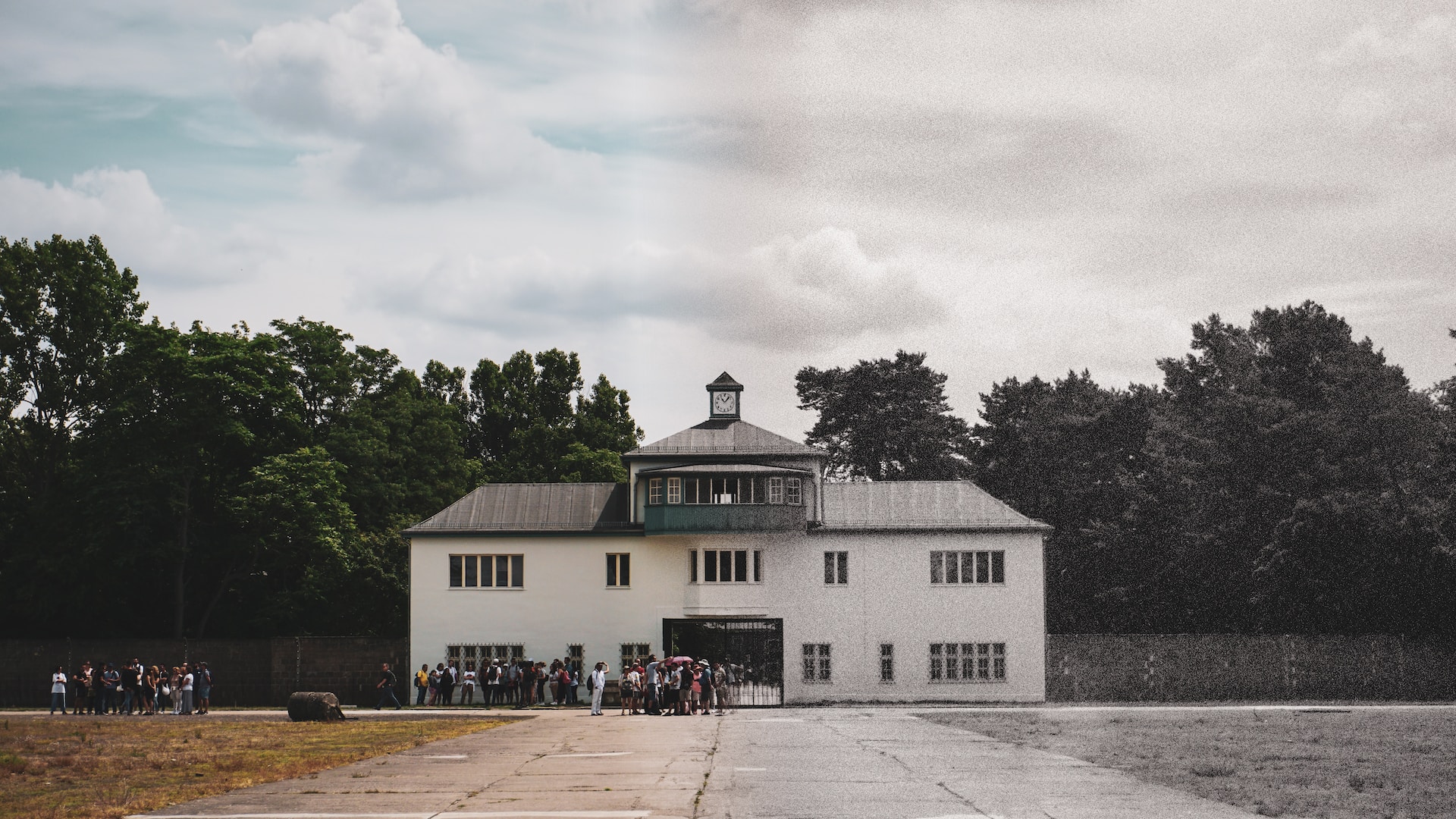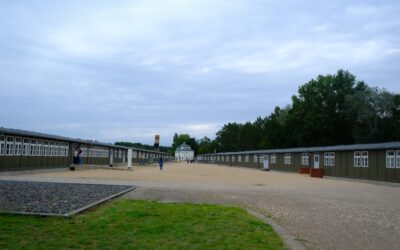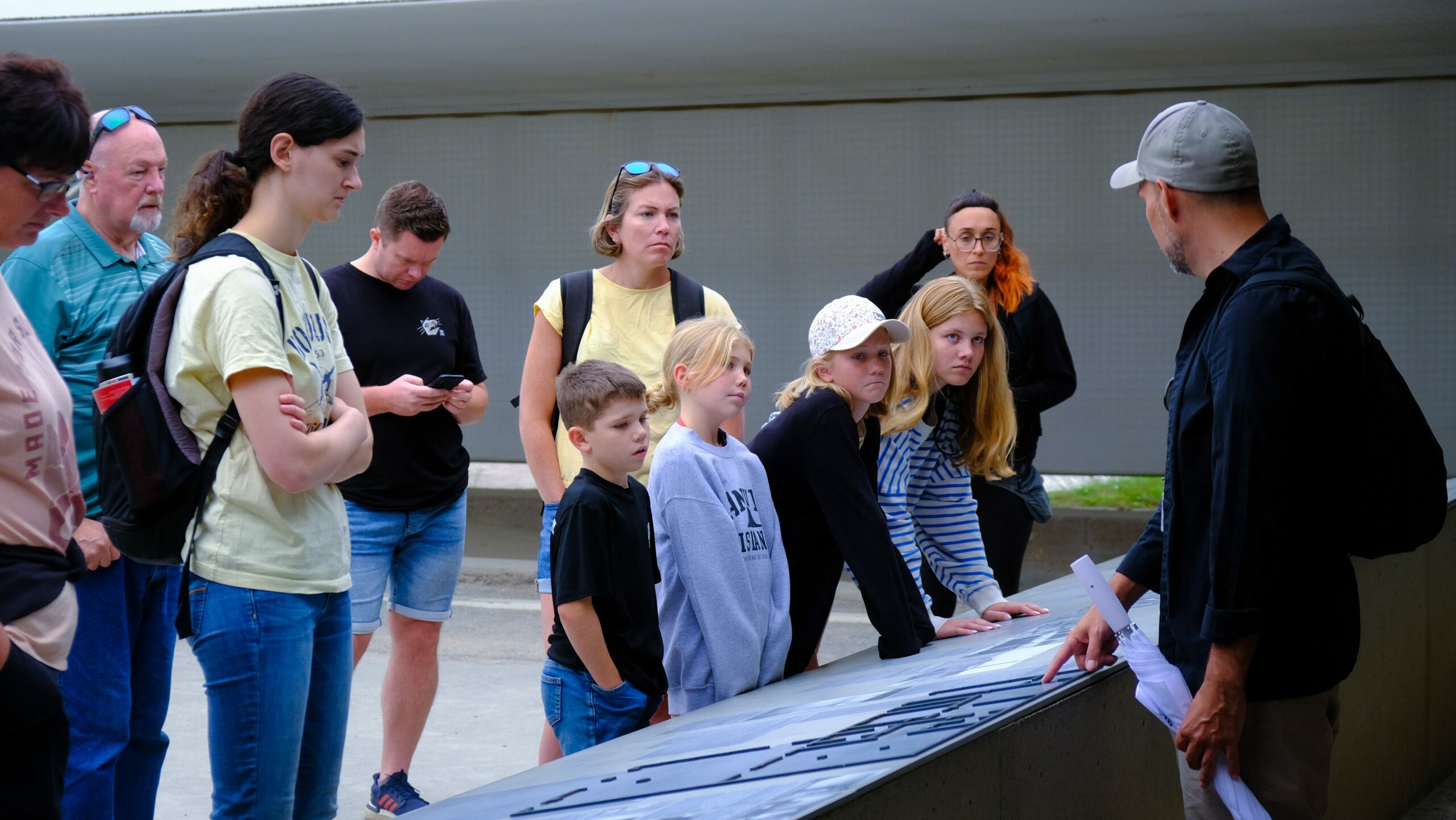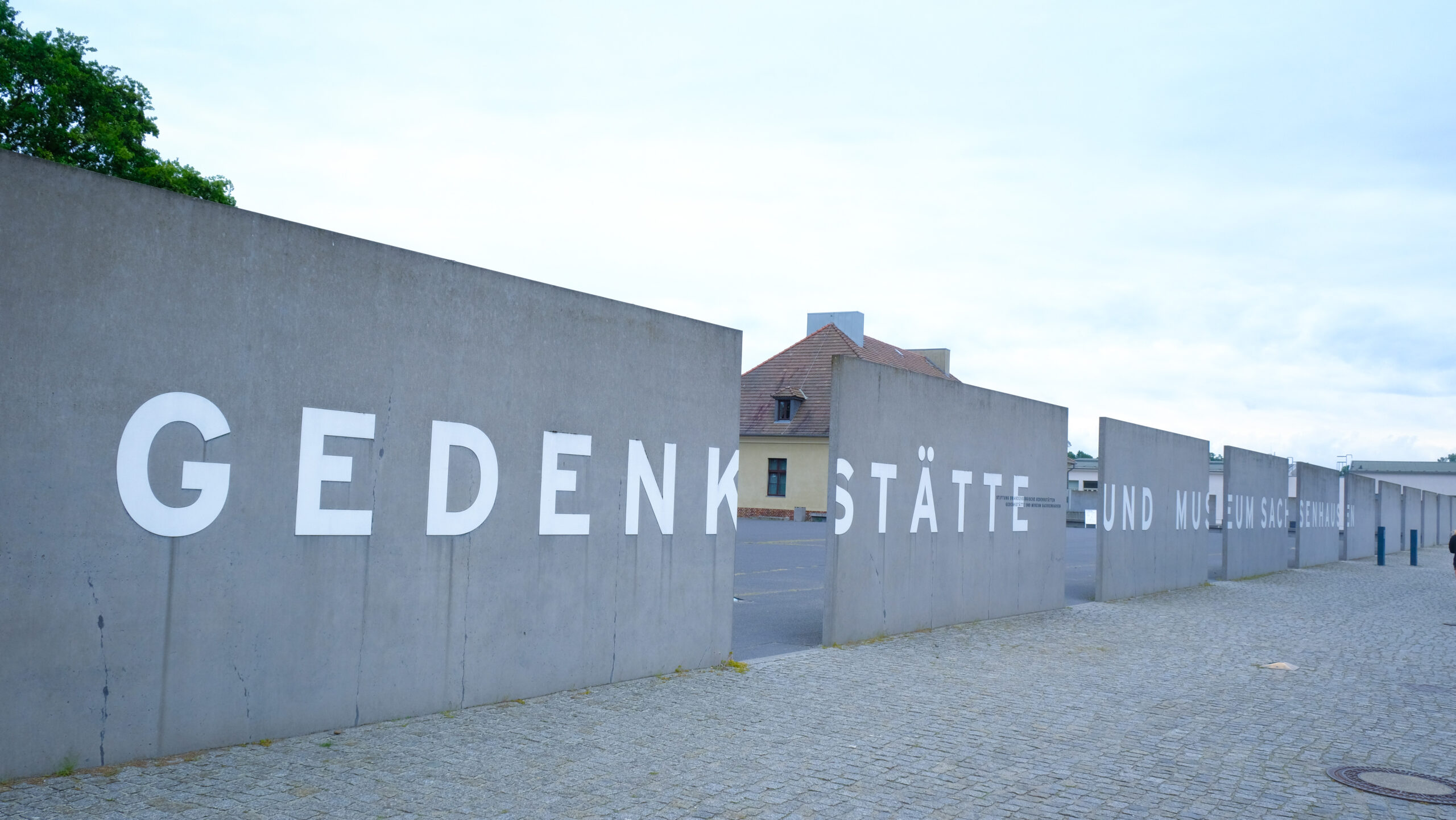The Sachsenhausen Campo de Concentracion, also known as the Sachsenhausen concentration camp, was a Nazi concentration camp located in Oranienburg, Germany. It was operational from 1936 to 1945, during the Third Reich era. The camp served as a symbol of terror and oppression, where prisoners were subjected to immense suffering and inhumane treatment. In this blog post, we will explore the history, conditions, and legacy of the Sachsenhausen concentration camp.
The History of Sachsenhausen
The Sachsenhausen concentration camp was built by the Schutzstaffel, SS under the direction of Heinrich Himmler. It was at first intended for political prisoners and as a prototype of other concentration camps. In due course, it started adding the objectives of providing forced work and carrying out medical experiments, genocide.
Conditions in the Camp
Conditions inside the Sachsenhausen confinement camp were quite hard encapsulated by experiences of brutality and inhumanity. Many of the prisoners were forced to work while they were chained and denied adequate food and was often beaten. They stayed in cramped and dirty environment and lack of proper housing and healthcare. Living in constant hope that one will be punished or even executed tomorrow become the base for the life in the camp.
The camp had auxiliary camps where prisoners were employed as forced labour in local sectors such as armaments manufacture, brick-making and electrical equipment production. The prisoners were forced to work for many hours and often in difficult circumstance, thus many either sustained nasty injuries or died.
The Liberation and Legacy
Sachsenhausen concentration camp was also free by Soviet forces in April, 1945. The release of the camp put a sad epoch of the 20th century. Hundreds of victims were liberated, yet others were already dead due to the inhuman treatment they received from their captives.
As we mentioned, today is open for the visitors and occupied with people who want to learn more about the history of the Sachsenhausen concentration camp and the crimes the Nazis committed, the liberated area of the camp has been transformed into a museum. It relates the history of the camp, displays the remains of the buildings and extant structures, and offers a memorial area. The museum offers numerous instructional aids that help to increase people’s understanding of the Holocaust and human rights.
Visiting Sachsenhausen
Before readers decide to visit Sachsenhausen, there are several factors that they should consider specially the issue of respect for the site. Here are a few tips to keep in mind:
1. Educate Yourself Beforehand
To get ready for your visit you need to study the history of the camp and the holocaust. The same shall help you realize the extent of historical value of the site and its relevance in concerning matters.
2. Follow Guided Tours
It may be advisable to go for a guide tour in order to get more content and historical backgrounds of the camp. Friendly and professional tour assistants can give you information about the districts and answer any questions you may have.
3. Reflect and Respect
When visiting Sachsenhausen, one should not only think over their pain and their fate but also pay tribute to those people. Take particular notice of the sacred character of the grounds and refrain from misconduct.
4. Add your account responsibly
In your turn, sensibly and cautiously produce output concerning your visit. Take the clearer idea on your mind and be a social advocate in educating other individuals on the Holocaust as well as encourage respect and equal rights for all.
In Conclusion
Sachsenhausen Campo de Concentracion camp was one of the most famous and sinister places of the Third Reich period. Although the physical dimension of the artifact is rather modest, it keeps the memory of the horrors that were conducted on people during the Holocauce. This way, knowing the history of the camp, visiting a memorial dedicated to the victims, we can help people develop respect to human rights and their value as well as focus on the unity of people.




